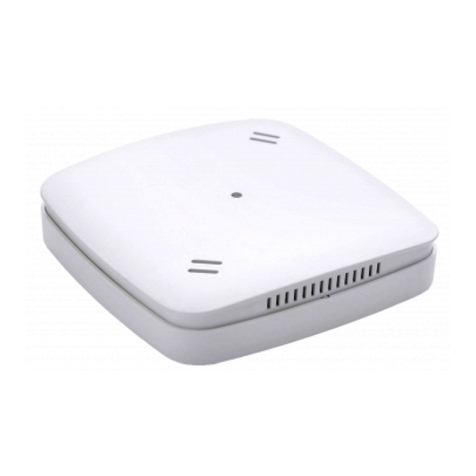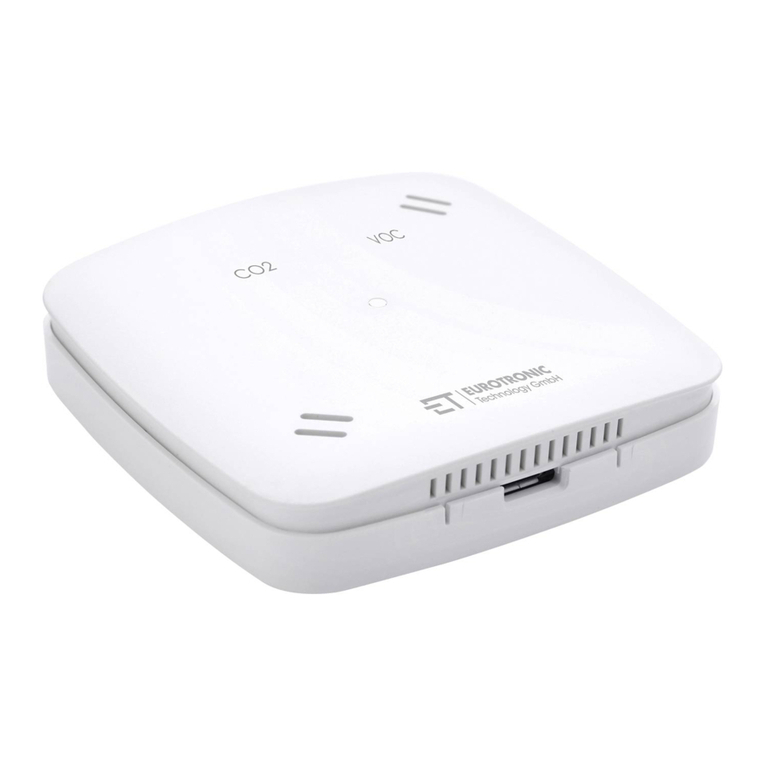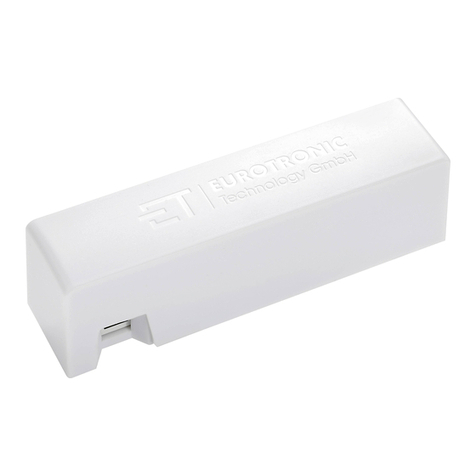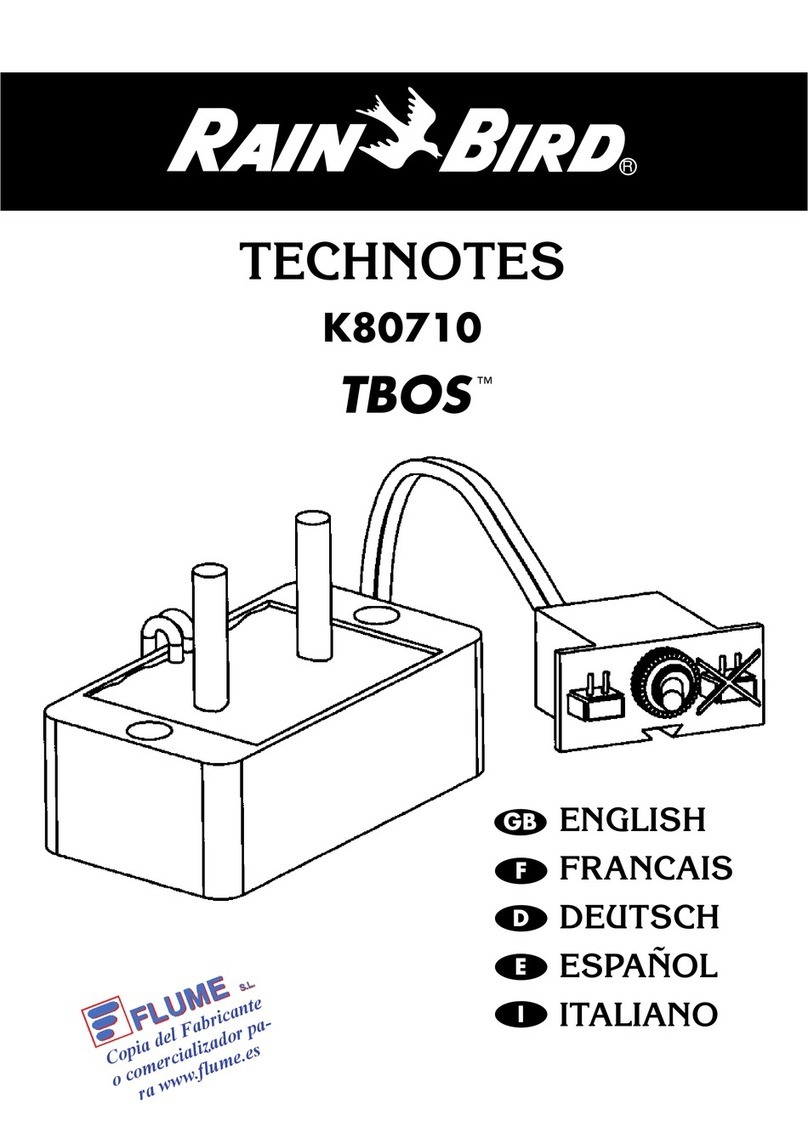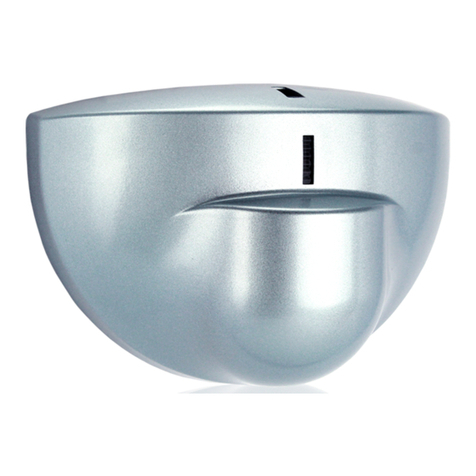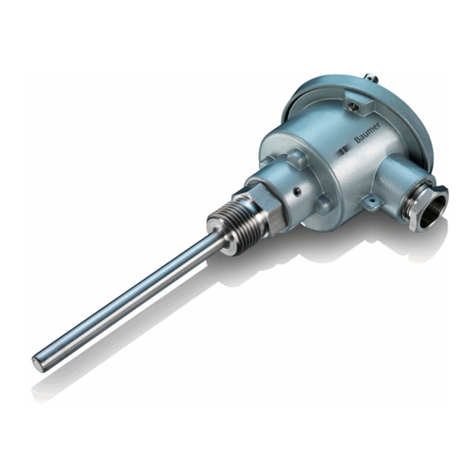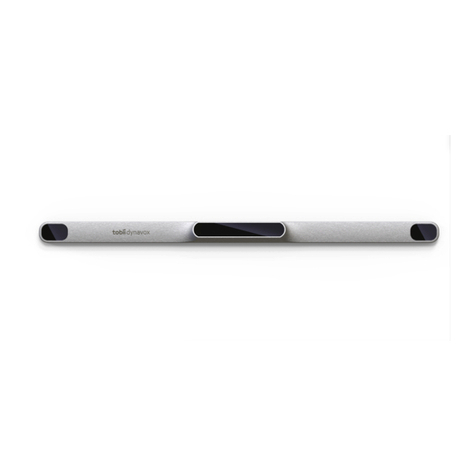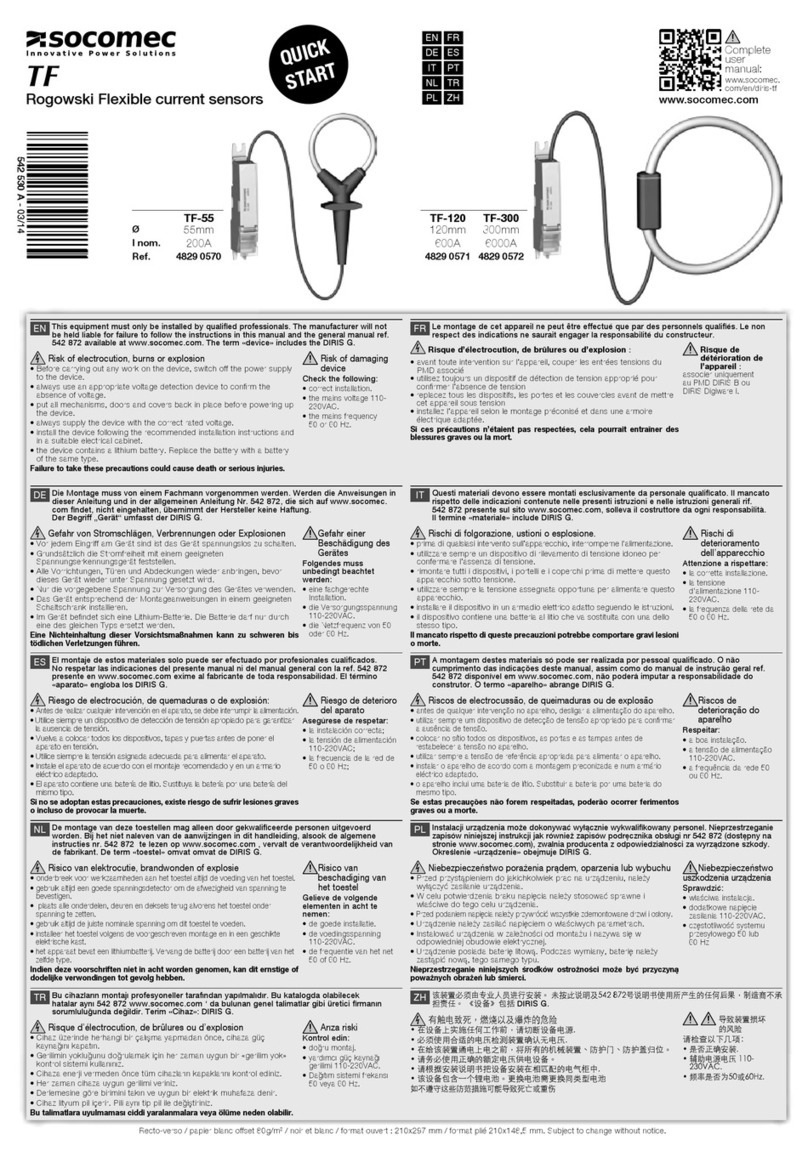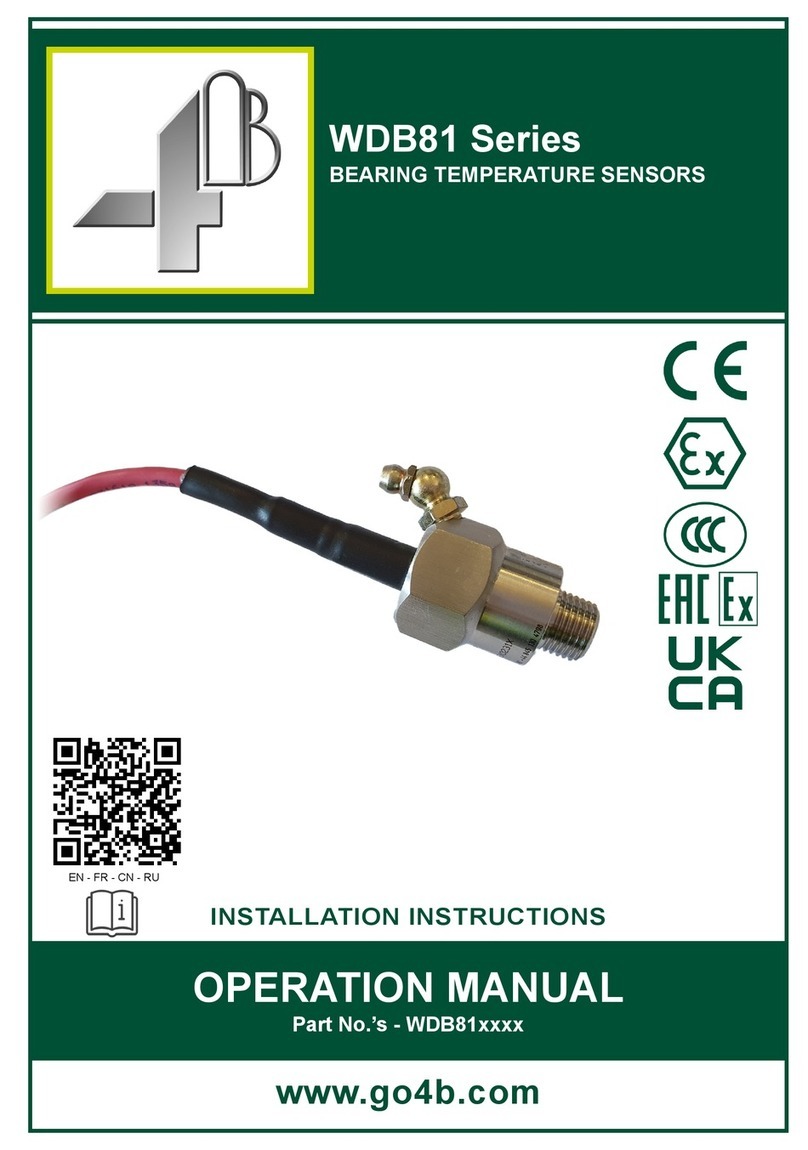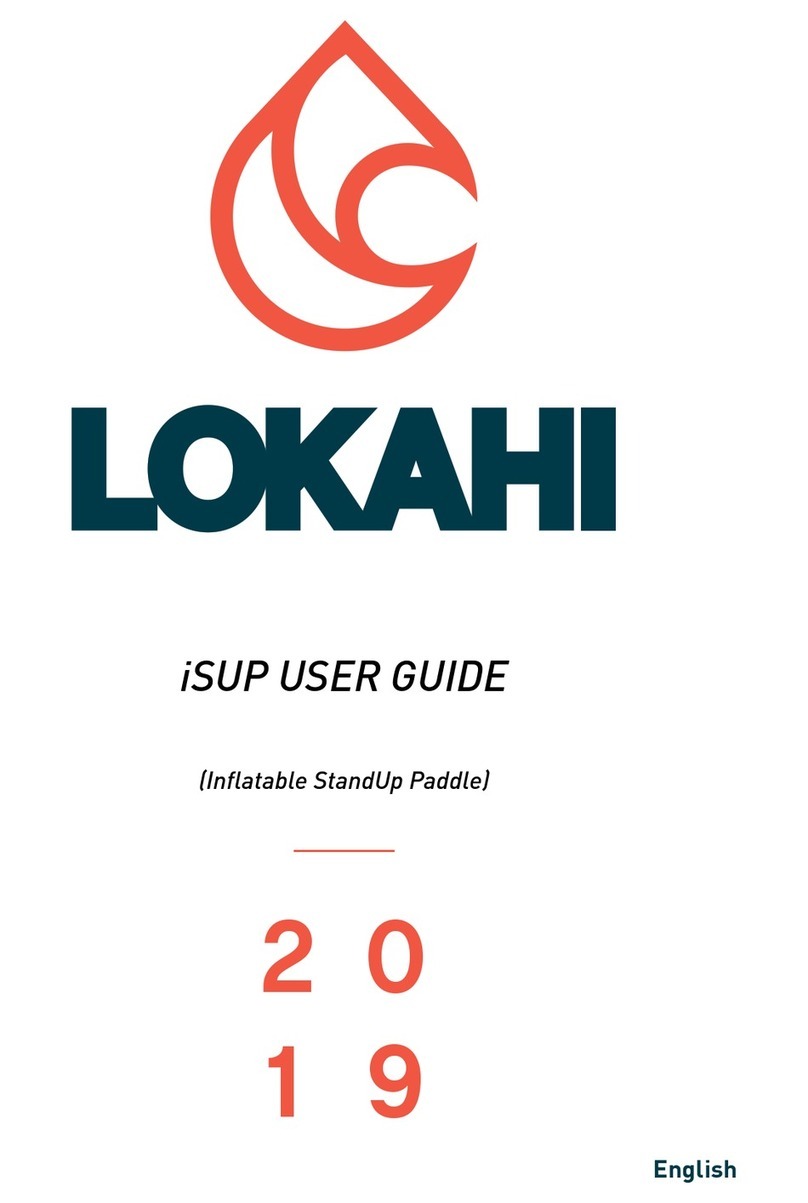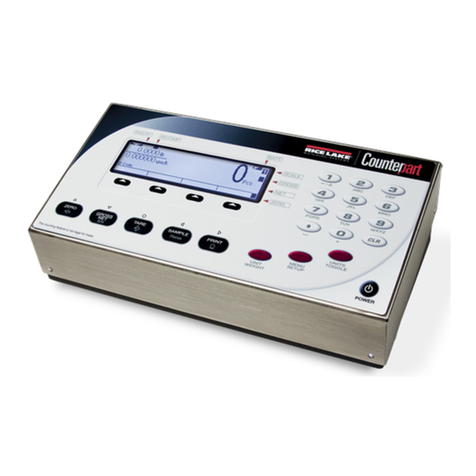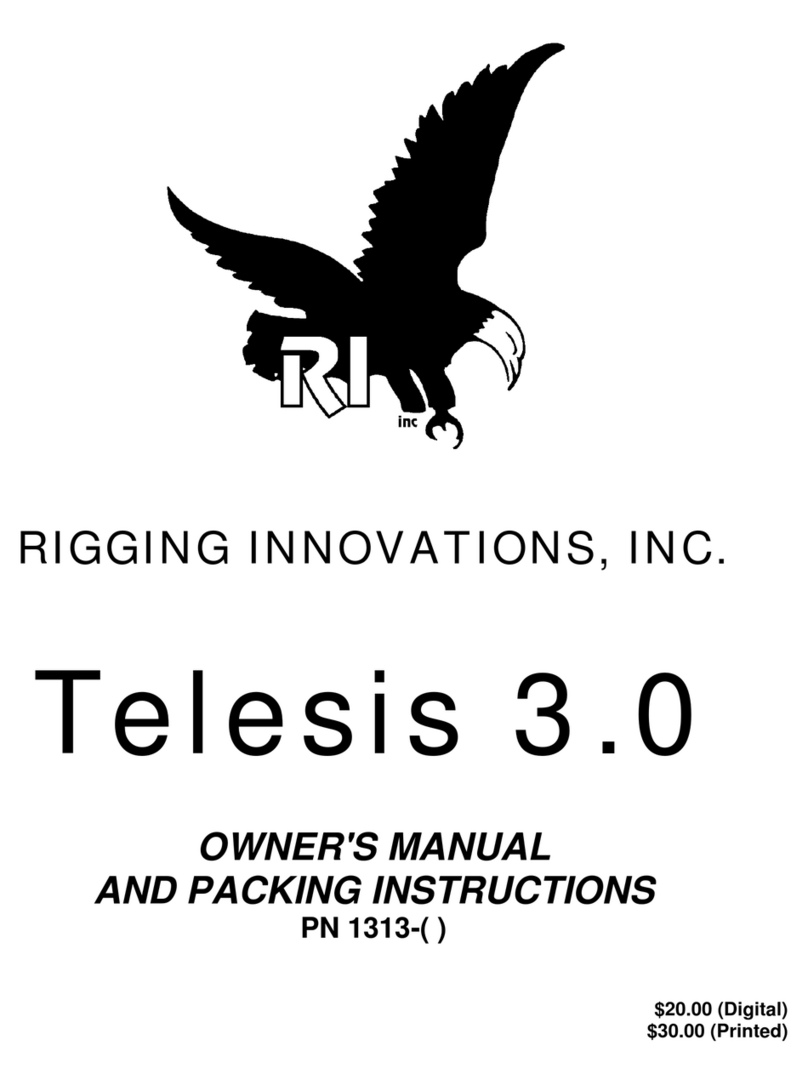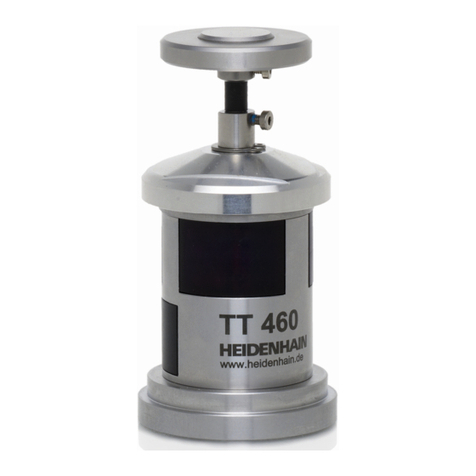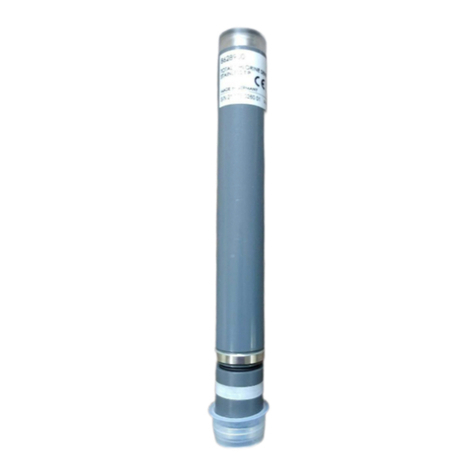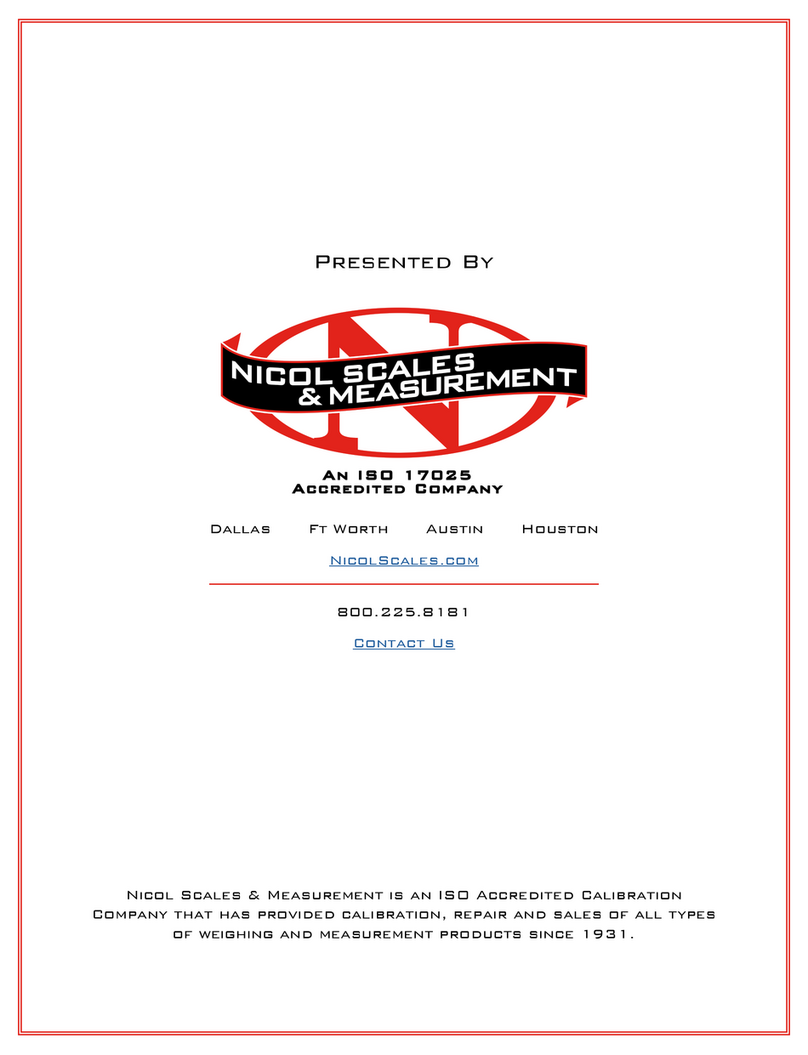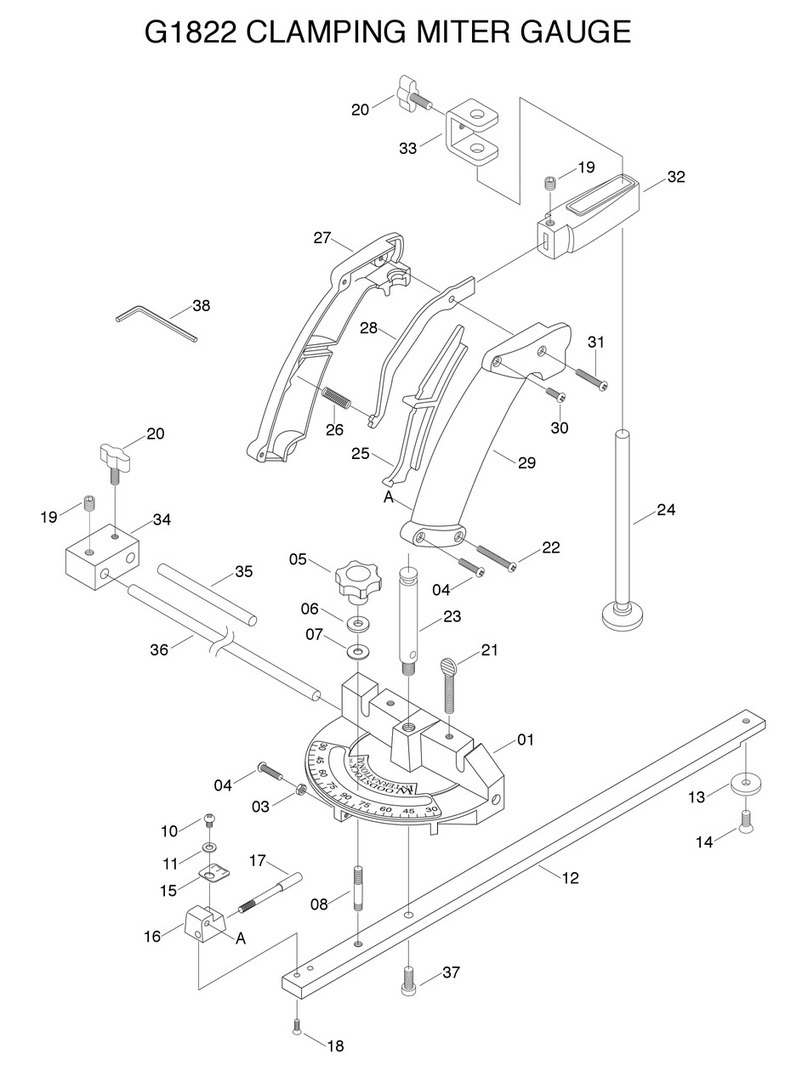Eurotronic Air Quality Sensor User manual

WARNING AND SAFETY INSTRUCTIONS
Safety Instructions
- The Air Quality Sensor is designed for use in buildings.
- Operate the Air Quality Sensor only as described in the user manual.
- The Air Quality Sensor should only be put to use in a dry and dust-free place,
away from direct sunlight.
- Do not keep using the device when there is obvious damage.
- The Air Quality Sensor may not be rebuilt, modified or opened.
- The Air Quality Sensor is not to be used as a gas measuring instrument.
WARNING! RISK OF INJURY!
When children play with the thermostat or packaging, they might swallow small
parts and suffocate.
Do not let children play with the thermostat or packaging.
PRODUCT DESCRIPTION
By means of a complex algorithm, an air quality value based on CO2-equivalent is
determined from a sum signal of all determined gases and is displayed as a clear
traffic light according to a WHO-compliant scale. While a „very good room air“
(<600 ppm) is indicated by means of a green LED, a red LED warns, if a room needs
to be ventilated urgently.
In addition, the modern metal oxide sensor also measures the VOC value,
interprets it and displays the value as a traffic light. VOC stands for the English
term „volatile organic compounds“. They are gaseous or vaporous substances
that contain carbon. Volatile organic compounds are found for example in cleaning
products, disinfectants, care products (e.g. deodorant or perfume) and building
materials (e.g. paints and varnishes).
This only makes the product an „air quality sensor“ and signals poor air quality
even where simple CO2-sensors fail.
COMMISSIONING
Connect the micro-USB-cable to the plug-in power supply (1A, 5V) and to the Air
Quality Sensor and afterwards to a power outlet. For optimal performance please
use the products which are part of the delivery scope.
When the unit is switched on, the Air Quality Sensor is doing a self-test:
- Self-test: Both LED bars run simultaneously two times from the bottom to the top
- Sensor-check: each LED bar is blinking two times
- Buzzer-test: 3 short clicks of the buzzer
IMPORTANT NOTE:
When using the air quality sensor, make sure that the sensor is not disconnected
from the power supply, because the first 12 hours of operation the sensor learns
your corresponding room profile and also resulting air quality variations via a self-
calibrating algorithm.
After these 12 hours, the sensor guarantees you precise measurement results.
If the power supply is interrupted, this calibration process starts again.
Please also make sure that the room, in which the air quality sensor is operated, is
ventilated vigorously at least once a week.
This is important for the learning algorithm of the sensor.
Air Quality Sensor
Quick Start Guide
MEANING OF THE COLOURED LEDS
Colour CO2in ppm VOC in ppb Air
Quality
Recommendations
Dark
red
> 3000 > 2200 unaccep-
table
It must be ventilated immediately.
Use room only when unavoidable.
Bright
red
1800-3000
(acoustic
signal starts)
1600-2200 low Increased ventilation is absolutely
necessary.
Orange 1000-1800 1000-1600 medium Ventilation is necessary. Check and
improve ventilation behaviour.
Yellow 600-1000 500 - 1000 good No relevant concerns. Regular
ventilation is recommended.
Green 0 - 600 0 - 500 very good No concerns. No action necessary.
NOTE
If the CO2value does not improve, the acoustic signal sounds again.
The VOC value is only displayed visually (without an acoustic signal).
ACTIVATE / DEACTIVATE ACOUSTIC SIGNAL
To permanently deactivate the acoustic signal for CO2, keep the button on the back
of the device pressed for 30 seconds. After successful deactivation of the acoustic
signal, the LEDs of the two bars run down once. By pressing the button again for 30
seconds, the acoustic signal can be reactivated at any time. After the acoustic signal
has been successfully activated, the LEDs of the two bars go up once.
TECHNICAL SPECIFICATION
Article Air Quality Sensor
EAN 4260012712148
Article Number 700209
Supply Voltage Plug-in power supply
Sensor Type MOS VOC / CO2-eq
Dimensions 68 x 68 x 17 mm
Weight 48 g
Degree of protection IP20
Degree of pollution 2
Technical modifications are subject to change. All descriptions for compatibility are
without engagement.
LEGAL NOTICE
Environmental Protection:
From the date of implementation of European guidelines 2012/19/EU into national
law, the following applies: Electric and electronic devices may not be
disposed of in house-hold waste. The consumer is obliged to return electric
and electronic devices to the public collection points established for them
or to the point of sale. Details are regulated by the respective national law.
Dispose of Packaging:
Dispose of the packaging sorted by type. Add paperboard and cardboard to
the waste paper, foils to the recyclables collection.
The symbols on the product, the instruction manual or the packaging refer
to these regulations. By recycling, material utilisation or other forms of utilisation
of old devices, you make an important contribuation to the protection of our
environement.
Delaration of conformity:
Hereby, Eurotronic Techology GmbH declares that the Air Quality Sensor is
in compliance with Directive 2014/53/EU. The full text of the EU declaration
of confirmity is available at the following internet address: https://eurotronic.org.
org/service/downloads/.
Warranty:
The 24-months warranty period begins at the day of purchase. Please keep the
receipt as evidence of purchase. During the warranty period, defective products
may be sent to your dealer or the address above. Please ensure sufficient postage
is paid. A new or repaired device will then be sent to you free of charge. No new
warranty period begins with the repair or replacement of the device.
After the warranty period has expired, you also have the option of sending the
defective device to the specified address with sufficient postage for repair.
Repairs after the warranty period have expired are subject to a charge. Your
statutory rights are not limited by this warranty.
Made in Germany
Contact Information Customer Service
Eurotronic Technology GmbH
Südweg 1 | 36396 Steinau-Ulmbach
Telephone: +49 (0) 6667 91847-0
Internet: www.eurotronic.org

When it comes to indoor chemicals, the focus is often on volatile organic compounds. In professional circles, these are called VOCs.
VOC sources and composition
There are numerous sources of VOC indoors, for example building materials (paints, floor coverings, adhesives) and furnishings (textiles,
furniture, printers, etc.) as well as cleaning agents, perfumes, candle and cigarette smoke.
The indoor air concentration depends in particular on the type of materials, e.g. solvent content, formation of degradation products, volatility,
on their age and storage, and on the indoor climate, e.g. air changes and temperature.
Air Quality Sensor
Important Information
Differences VOC and CO2measurement
VOC sensors compared to simple CO2sensors
Air quality measurement using CO2sensors is „en vogue“. Yet it often misses the mark, because CO2 sensors do not react at all to bad odors or
VOCs. The sun shines through the window onto the carpet, which then emits volatile organic compounds (VOCs) that pollute the indoor air. The
CO2 sensor, which is supposed to measure the quality of the indoor air, does not notice anything. It would also fail for other air contaminants,
such as kitchen odors or human exhalations. A realistic determination of the indoor air quality is therefore not possible with a simple CO2
sensor in many cases.
A simple CO2 sensor does take into account the number of people and the type of room use, but it is only through the use of a VOC air quality
sensor that the real ventilation requirement is revealed. VOC sensors therefore measure much more in line with demand, but in the past this
type of sensor was far too expensive for widespread use in buildings.
Due to the above information, we use a modern semiconductor sensor in our air quality sensor, with which an air quality value in CO2equivalent
is determined from a sum signal of all detected gases by a complex algorithm. Our goal is to be able to signal poor air quality even where simple
CO2 sensors drop out.
Thanks to the reliable information provided by the Eurotronic Air Quality Sensor, you can now create healthier conditions for people indoors.
Impacts on health
Effects of individual volatile compounds on human health and well-being range from olfactory perception at low concentrations to toxic
effects. These usually occur only at high concentrations. Certain compounds, such as benzene, are even carcinogenic. Mixtures of VOC can
cause various non-specific effects at low concentrations. Examples: Irritation of the mucous membranes of the eyes, nose and respiratory
tract, headaches, fatigue, lack of concentration, nausea or increased body temperature.
Human generated CO2always has a proportional amount of VOCs.
CO2sensors (bottom graph) do not react to odors, cigarette smoke and
other air pollution in the room. VOC sensors (upper graph) therefore
measure much more in line with demand.
Application in a toilet. While the CO2sensor signals „good“ air, the
VOC mixed gas sensor (graph with peak) knows better.
Our quality standard
This information sheet is not a substitute for the installation and
operation guide. Please read the installation and operation guide
carefully before using the product.
Verp.Nr.: 500425 Stand: 09/2021
This manual suits for next models
1
Other Eurotronic Accessories manuals
